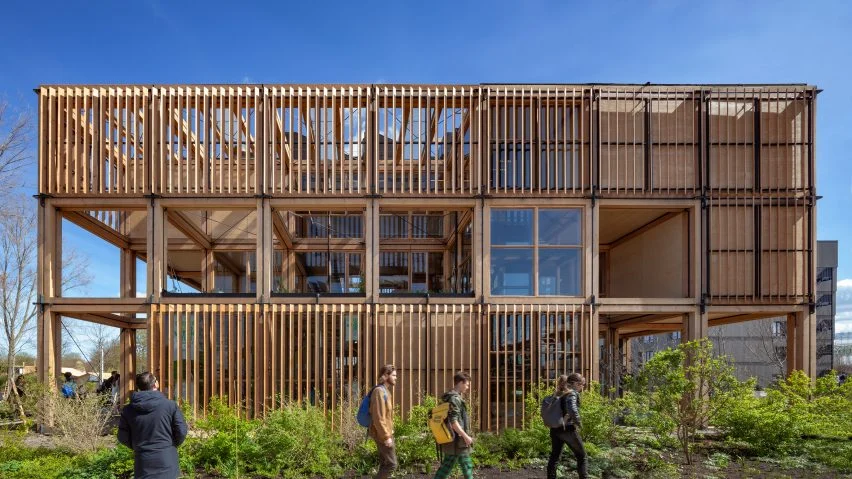Sustainable architecture is creating a living space eco-friendly, where temperature and lighting are controlled by using natural materials. In recent times, firms have again started focusing on creating buildings that are eco-friendly and reducing the use of materials that are causing problems to climate and the environment, and participating in global warming. Architects are trying to reduce the negative effect of buildings on the environment by using renewable energy and eco-friendly material in their construction.
The main concept that improves sustainable architects is the sustainable strategy. It embraces the full utilization of technologies that are being used to make any place environmentally- friendly. Some strategies are good for public buildings and some are for other residents. The location, sites, and the size of the overall physical footprint also play an important part while strategizing the sustainable plan.
Sustainable architecture strategies used in public building designs can not only provide large savings for the future but also impact positively by creating proper ventilation and improving air quality, well-being, and providing a regenerative future. Green building has to factor in every aspect of their life cycle right from sitting, design, and construction, through operation, maintenance and renovation, to end-of-life when the materials can be retrieved and recycled.
Take Advantage of Natural factors: – Use of passive strategies is a good idea to incorporate into the design. Designing the landscape while focusing on natural factors such as natural ventilation, and managing daylight by deciding the position of windows for reducing the use of artificial light is a good way of reducing carbon footprint. In some specific climates, incorporating techniques that manage the inside climate according to the outside temperature can reduce energy requirements.
Use of Renewable Energy: – Use of renewable energy suits some buildings perfectly. If the location of the building is preferable the passive systems to use renewable energy can be used. It is cost-effective as well as simpler to use. Where conditions are favorable, renewable energy can reduce the use of fossil-based energies and benefit the environment in many ways.
Use Green Building Materials: – Some building materials are more sustainable than others, the basic strategy to use green building materials is to Purchase steel, concrete, finishing materials, lumber, etc., from companies that are using responsible manufacturing techniques or recycled materials. It is also important to avoid materials that contain pollutants.
Use of Holistic Approach to Wellness: – After the pandemic buildings are no longer the only thing being green in terms of design. People are, too, because nowadays people are looking for a healthy environment to live in 24×7. It is no longer simply about supporting physical health. It is all about supporting cognitive and emotional wellness. Therefore, it also defines how the design should be focused on supporting human environments, as the built environment is designed for its users.
Phase in which technology-enhanced its informational capabilities: –
In the modern era of Technology and advancement, we are constantly connected to technology, phones, and emails. The result is likely-minded because the constructive designs bring mindfulness, meditation, and thoughtfulness to a space with varied possibilities of design opportunities that enhance human comfort.
These designs are not only environmentally friendly but also create an interior that is healthy for living. Using natural materials and creative design helps in reducing air pollution which makes the inside environment healthier.

































